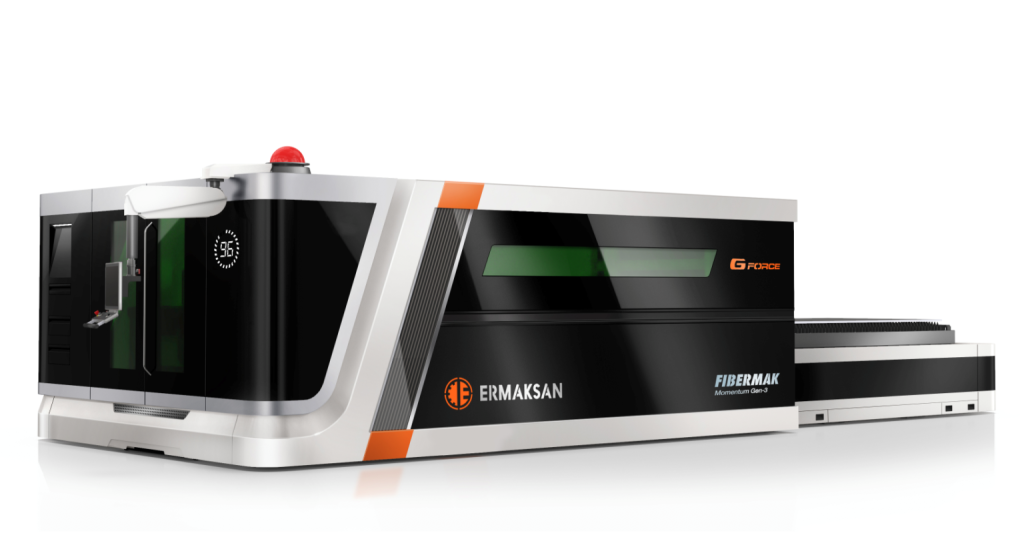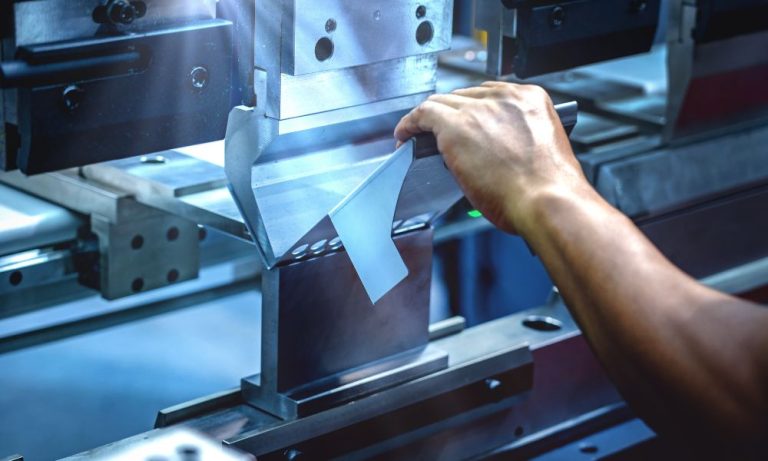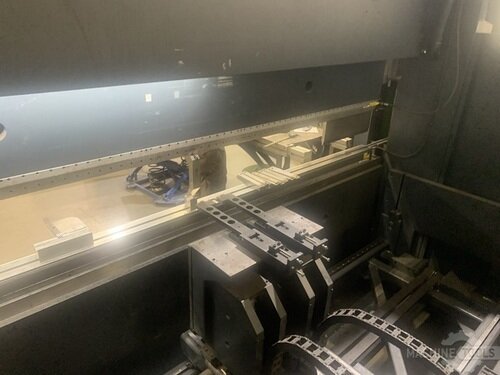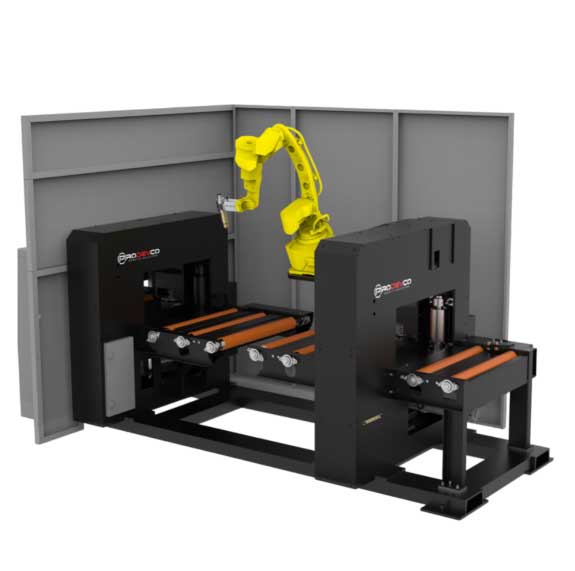Having spent years working alongside fabrication shops across the Midwest, I’ve seen firsthand how the right technology choices can transform a business. Every day, I help shop owners and managers navigate the maze of equipment options, from high-powered lasers to advanced press brakes, ensuring they invest in solutions tailored to their unique needs. My role at Mac-Tech isn’t just about selling machines—it’s about partnering with fabricators to drive real-world improvements in productivity, precision, and profitability.
Understanding Sheet Lasers vs. Plate Lasers: Tailoring Solutions to Shop Needs
When fabricators consider laser cutting technology, the distinction between sheet lasers and plate lasers is often the first decision point. Sheet lasers are typically optimized for thinner materials, offering high speed and fine detail, while plate lasers are engineered for thicker, more demanding work. The choice between these two comes down to your core business: what are you cutting, how often, and to what tolerances?
For shops focused on HVAC, signage, or light-gauge enclosures, a sheet laser’s speed and agility are hard to beat. Conversely, heavy equipment manufacturers or structural steel fabricators often require the raw power of a plate laser to handle thick materials reliably. A careful assessment of your product mix and volume is essential. I work side-by-side with clients to review material logs, part drawings, and growth projections, ensuring the selected system matches both current jobs and future ambitions.
Evaluating Power and Beam Quality: Key Drivers of Fabrication Efficiency
It’s tempting to think that more wattage automatically means better performance, but in the world of laser cutting, power is only half the equation. Beam quality—the ability of the laser to maintain a tight, consistent focus—directly impacts edge finish, tolerance, and speed. High beam quality enables faster cuts with less dross, reducing secondary operations and scrap.
Selecting the right combination of power and beam quality is critical. For example, a high-power laser with poor beam quality might blaze through thick plate, but leave rough edges or require costly finishing. On the other hand, a moderate-power laser with excellent beam quality can outperform in thin to medium materials, delivering crisp cuts with minimal waste. I guide shops through these trade-offs, helping them demo machines on their own material to see real results before making a commitment.
Real-World ROI: How the Right Laser System Impacts Your Bottom Line
Investing in a new laser system is a significant decision, and the true return on investment comes from more than just faster cycle times. The right machine can reduce material waste, lower labor costs, and expand your shop’s capabilities, opening doors to new business. I’ve seen clients recoup their investment in under two years simply by taking on jobs they previously had to outsource or turn away.
Beyond direct savings, modern laser systems often feature automation options—like load/unload towers or integrated nesting software—that drive even greater efficiency. By streamlining workflows and minimizing downtime, these features help shops maximize throughput and improve delivery times, which is invaluable in today’s competitive market. My approach is to map out projected savings and revenue growth with each client, ensuring the numbers make sense before any purchase.
G-FORCE FIBER LASER
GH HIGH-PERFORMANCE FIBER LASER CUTTING MACHINE
Integrating Press Brakes and Tooling for Seamless Workflow
A laser cutter rarely works in isolation. Most fabricated parts require bending, forming, or secondary operations, which is why integration with press brakes and tooling is so important. Coordinating laser and brake capabilities ensures that parts move smoothly from cut to bend, reducing handling and bottlenecks.
At Mac-Tech, we help clients not only select the right laser, but also match it with press brakes and tooling that complement their workflow. This includes evaluating CNC backgauges, offline programming, and quick-change tooling systems that minimize setup time. The goal is a seamless process where parts move efficiently from one operation to the next, boosting throughput and maintaining high quality across every job.
In-Person Insights: Building Lasting Partnerships to Support Growth
Technology is only as valuable as the support behind it. I believe in building lasting relationships with my customers, starting with in-person assessments and continuing with ongoing service and training. Every shop is different, and there’s no substitute for seeing your operation firsthand, understanding your team’s strengths, and identifying areas for improvement.
We offer onsite demos, process audits, and hands-on training to ensure your staff is confident and productive from day one. As your needs evolve—whether it’s scaling up production or tackling new materials—I’m always just a phone call away. My commitment is to be a true partner, helping your business stay competitive and profitable for years to come.
Frequently Asked Questions
How do I know if I need a sheet laser or a plate laser?
It depends on your material thickness, job volume, and part complexity. Reviewing your production mix with an experienced consultant helps clarify the best fit.
Does higher laser power always mean faster cutting?
Not always. Beam quality and material type play major roles in speed and edge quality, so the optimal setup balances both factors.
What are the main maintenance considerations for laser systems?
Regular cleaning, lens checks, and software updates are essential. Choosing a supplier with strong service support minimizes downtime.
How can automation features improve my fabrication workflow?
Automation reduces manual handling, shortens cycle times, and allows for lights-out production, all of which boost efficiency and throughput.
Can my existing press brake work with a new laser system?
Often yes, but reviewing tooling compatibility and software integration ensures a smooth transition and optimal results.
What is the typical ROI timeframe for a new laser system?
Many shops see payback within 18 to 36 months, depending on workflow improvements and new business opportunities.
Get Weekly Mac-Tech News & Updates








